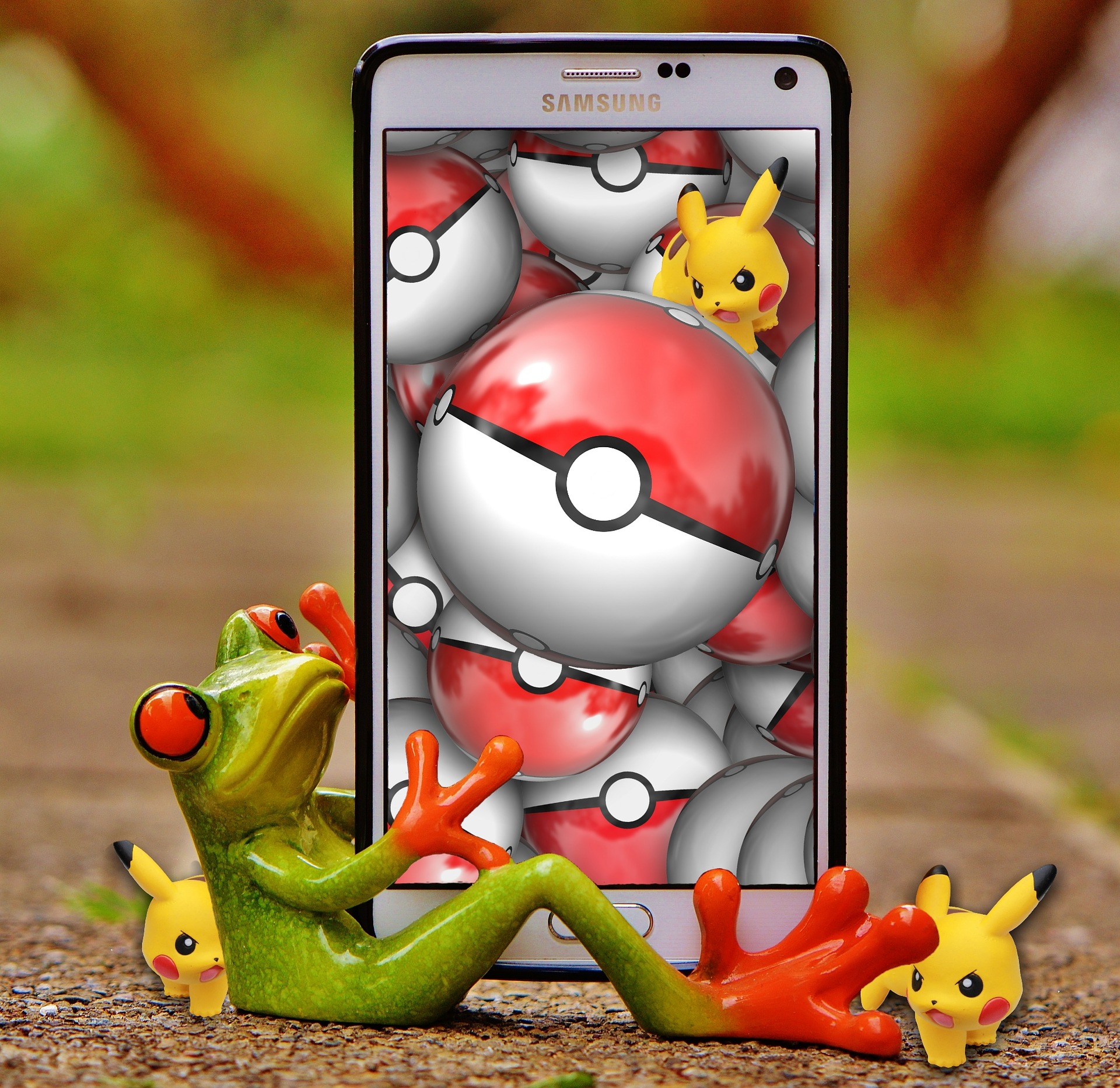 There are four major sorts of martial arts – Chinese, Japanese, Korean, Brazilian. and there are a couple of styles within each class. There is also a group of martial arts known as Mixed Martial Arts or MMA which utilizes a mixture of techniques in other combat sports and martial arts.
There are four major sorts of martial arts – Chinese, Japanese, Korean, Brazilian. and there are a couple of styles within each class. There is also a group of martial arts known as Mixed Martial Arts or MMA which utilizes a mixture of techniques in other combat sports and martial arts.
The objective of the report is to offer a review of the primary sorts of martial arts along with a concise description of the many martial arts styles in each class.
Japanese Martial Arts
The growth of martial arts in Japan was marked by several distinctive traits, specifically, the effect of the samurai warrior heritage along with the symbolism of Japan itself. The samurai warrior arrangement along with the caste system confined the use of weapons from members of non-warrior castes. Initially, samurai were expected to become skillful in several weapons, in addition to unarmed combat, and achieve the greatest possible mastery of battle abilities. As time passes, this purpose succumbed to a doctrine of attaining spiritual goals by trying to perfect their martial arts abilities.
This philosophical change was possible due to Japan’s comparative isolation. In contrast with the rest of the planet, Japanese sources of warfare evolved gradually. This afforded the warrior course the chance to examine these tools, like swords, and train in thickness. This thickness of instruction resulted in the evolution of several distinct styles and methods.
Jiu-Jitsu
Jiu-Jitsu is an ancient martial art that involves grappling techniques. It concentrates on the capacity to utilize indirect pressure, like joint guards or pitching methods, to conquer an opponent, instead of relying upon direct drive like hitting or kicking.
Aikido
This martial art, developed by Morihei Ueshiba of Japan, is a synthesis of their founder of martial arts research, philosophy, and spiritual beliefs. It has made to be an artwork that may be utilized as self-defense that doesn’t inflict harm upon the attacker.
Judo
Judo is one of just two martial arts which are Olympic sports (another is tae kwon do). In judo, the thing is to throw the opponent to the floor, immobilize or subdue the competition using a grappling maneuver, combined lock or choke. Unlike other martial arts, kicks, punches, and thrusts aren’t permitted in a contest or freestyle practice.
Kendo
Its title means “way of the sword,” and this ancient martial art is all over 650 years old. Practitioners utilize practice blades of bamboo, known as shinai. They wear protective garments that include body texture, padded gloves, and a mask using metal bars that shield the face. Connected to the mask are all shoulder guards that float upward and above the shoulders.
Brazilian Martial Arts
The Brazilian martial arts are a battle game plus a self-defense system that concentrates on grappling and notably ground fighting.
The key Korean martial arts would be Brazilian jiu-jitsu and mixed martial arts (MMA).
Brazilian Jiu-Jitsu
Brazilian Jiu-Jitsu (BJJ) is a sort of Japanese jiu-jitsu made by Kodokan Judo floor fighting principles. It’s strongly differentiated from other martial arts with its higher emphasis on grappling and notably ground fighting. When performing Brazillian Jiu-Jitsu you must weart the best jiu jitsu gi.
Chinese Martial Arts
China has among the greatest histories of continuously recorded martial arts conventions of any society on the planet, with countless diverse styles. Every one of these distinctive styles has its own set of ideas and techniques.
The missive “The Art of War,” written during the 6th century B.C. from Sun Tzu, deals directly with army warfare but includes thoughts that pertain to the Chinese martial arts. Those examples demonstrate that more than the notions evolved and took to a philosophical tone.
Taoist practitioners are practicing Tao Yin, physical exercises very similar to early forms of Tai Chi Chuan, at least as ancient as the 500 B.C. era. The Taoist sign of yin/yang demonstrates how strength ought to be balanced with compassion and gentleness, a tenet of several types of martial arts.
The key Chinese martial arts are karate and tai chi.
Karate
Karate, an amalgam of Japanese and Chinese martial arts, is understood chiefly as a striking artwork (it’s translated from Japanese as “empty hand”. It arose in the southernmost islands of Japan, the Ryukyu islands which were initially allied with China; Japan afterward took charge of those islands. The largest of the islands is Okinawa. This martial art developed, consequently, together with all these different influences.
Tai Chi
Occasionally called “moving meditation,” tai chi was considered a martial art and its traditional practitioners still teach it as you can. It’s turned into a worldwide following among many thousands of individuals for purposes of health and longevity. Tai chi practice and theory relies on the fundamentals of traditional Chinese medicine. Its advantages include health care and stress control.
Korean Martial Arts
Martial arts have been around in Korea because of the oldest ages, though they were missing for a time throughout the 20th century. Much of Korea’s martial arts disappeared through the 1910-45 Japanese occupation of Korea, during which time the Japanese forbade the custom of Korean martial arts.
Fairly frequently Buddhist monks, that included more religious elements to the artwork, educated the hwarang warriors. Their biggest contribution to the evolution of Korean martial arts is likely adding a religious dimension into the training clinics, something which Korean martial arts lacked earlier.
Regardless of Korea’s rich history of historical and traditional martial arts, Korean martial arts disappeared into obscurity during the Joseon Dynasty. Martial arts have been lowly regarded by the society’s scholar-kings. Remnants of traditional martial arts like subak and taekyon were prohibited from training by the general people.
The key Korean martial arts are hapkido and taekwondo.
Hapkido
With its flowing, circular motions and doctrine of non-resistance, hapkido bears a striking similarity to the Egyptian art of aikido. In reality, hap means”stability,” or”linking;” ki explains inner energy, strength, or electricity; and perform means”manner” or”artwork” Therefore, hapkido, which shares the same Chinese characters with aikido, translates as”the way of coordinated power” When some commentators assert hapkido includes a Western lineage, others say that its roots lay with native Korean martial arts.
Tae Kwon Do
Tae kwon do (or even taekwondo) is among the most widely practiced martial arts in the world. It’s one of two martial arts represented in the Olympics (judo is another one).
Much like many other martial arts, tae kwon do is a blend of combat strategy, self employed, game, exercise, amusement, and doctrine. It developed following the end of the Japanese occupation of Korea in 1945 and immediately spread across the planet following the Korean War, which ended in 1953.
Taekwondo distinguishes itself from martial arts like karate with its focus on kicking rather than their dependence on hand processes of the other martial arts. This type of martial art is a good activity for children as well. Tae kwon do professionals think that the leg is the greatest and most powerful weapon that a martial artist gets, and kicks consequently have the best capacity to execute strong strikes without effective retaliation.
Mixed Martial Arts or MMA
Mixed martial arts (MMA) is a full-contact battle game that allows for both grappling and striking, both standing and on the floor, using methods from martial arts as well as other combat sports. The UFC was initially promoted as a contest to get the best martial arts to get actual unarmed combat. Over the years, it became evident that having a combination of styles was the best.
Now the game of MMA now competitions boxing and professional wrestling in popularity. As a result of this popularity, lots of single-style martial arts colleges have included the instruction of different types of martial arts into their program.













 New studies show that even sad music can lift mood, but other studies suggest that music can increase well-being and reduce anxiety. From the drum beats of our ancestors to today’s unlimited streaming services, music is an integral part of the human experience.
New studies show that even sad music can lift mood, but other studies suggest that music can increase well-being and reduce anxiety. From the drum beats of our ancestors to today’s unlimited streaming services, music is an integral part of the human experience. People love to store and organize things. This is the reason why they buy a lot of different cabinets. Business owners should consider selling “ecocabinets” especially that today, the world is experiencing a lot of changes in the environment because most do not really care for the environment. Initiating to take good care of it by means of selling products that actually contribute to the wellness of our environment is an amazing start that can give a rifle effect to other business owners and to the markets or customers as well.
People love to store and organize things. This is the reason why they buy a lot of different cabinets. Business owners should consider selling “ecocabinets” especially that today, the world is experiencing a lot of changes in the environment because most do not really care for the environment. Initiating to take good care of it by means of selling products that actually contribute to the wellness of our environment is an amazing start that can give a rifle effect to other business owners and to the markets or customers as well.



 Machine learning systems create rules that support the information they’re given. If the information is skewed or incomplete, the principles are going to be fundamentally flawed. These styles of data bias can sabotage machine learning models: confirmation bias: outcomes confirm existing assumptions and prejudices; correlation bias: misrepresenting variables end up in erroneous inferences; sample bias: and organizing data result in measurement bias.
Machine learning systems create rules that support the information they’re given. If the information is skewed or incomplete, the principles are going to be fundamentally flawed. These styles of data bias can sabotage machine learning models: confirmation bias: outcomes confirm existing assumptions and prejudices; correlation bias: misrepresenting variables end up in erroneous inferences; sample bias: and organizing data result in measurement bias.

 Suppose your small business isn’t on social media. In that case, you’ll be missing out on significant factor, including new customers,
Suppose your small business isn’t on social media. In that case, you’ll be missing out on significant factor, including new customers, 
 Find great recommendations on the ins and outs of vlogging. Gain insights on the most effective vlogging camera, gear, intros, transitions and more!
Find great recommendations on the ins and outs of vlogging. Gain insights on the most effective vlogging camera, gear, intros, transitions and more! Towing companies play an imperative role in the moving and transport sector, from light duty towing to
Towing companies play an imperative role in the moving and transport sector, from light duty towing to  Regularly Check Tow Trucks
Regularly Check Tow Trucks There are four major sorts of martial arts – Chinese, Japanese, Korean, Brazilian. and there are a couple of styles within each class. There is also a group of martial arts known as Mixed Martial Arts or MMA which utilizes a mixture of techniques in other combat sports and martial arts.
There are four major sorts of martial arts – Chinese, Japanese, Korean, Brazilian. and there are a couple of styles within each class. There is also a group of martial arts known as Mixed Martial Arts or MMA which utilizes a mixture of techniques in other combat sports and martial arts.

 Most people across the globe kick-start their day with a cup of coffee as it gives coffee drinkers a boost of energy to keep them alert and awake for several hours, especially during their work shift. And for most coffee lovers, they prefer and enjoy brewing their own coffee at home. Apart from saving on money, you get to enjoy the brewing process as well as the aroma it releases.
Most people across the globe kick-start their day with a cup of coffee as it gives coffee drinkers a boost of energy to keep them alert and awake for several hours, especially during their work shift. And for most coffee lovers, they prefer and enjoy brewing their own coffee at home. Apart from saving on money, you get to enjoy the brewing process as well as the aroma it releases. Your Coffee Habits And The Environment
Your Coffee Habits And The Environment Windows VPS For Improved Web Performance
Windows VPS For Improved Web Performance Eco-friendly Hosting And Sustainable Web Design
Eco-friendly Hosting And Sustainable Web Design